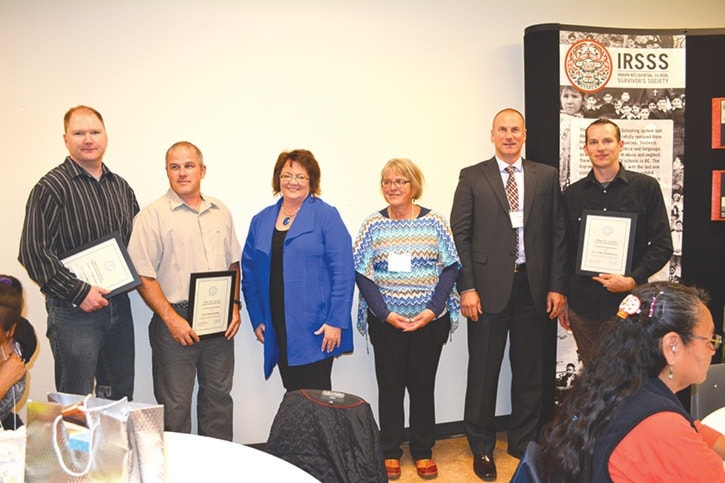When she signed up for training to be a restorative justice facilitator in Williams Lake two years ago, Samantha-Jo Dick had no idea where her place would be in the program.
Speaking during a panel discussion at Friday’s opening of a restorative justice conference hosted in Williams Lake, Dick explained she’d already been working as a youth justice co-ordinator for the Punky Lake Wilderness Camp Society since July 2010 and felt inspired to work with the larger community.
“With restorative justice victims and communities can voice their thoughts about the impacts of crime,” Dick said.
“I’m seeing more and more buy in from First Nations youth and adults. It’s a real break through.”
Retired teacher and school counsellor Jim World said restorative justice in the schools adds a third pillar going beyond discipline and therapy.
“Now we can offer a restorative approach, either prior, during or after the offender has done what they have to do,” World explained, adding many district school staff members have been trained on restorative language, tools and forums.
Sometimes referrals to the restorative justice team will come from teachers, administrators or agencies.
Schools often use reintegration circles to help students return to school after a suspension or spending time in a correctional institution.
Before they actually return to the classroom they meet with a teacher, the student(s) who were harmed, along with parents or guardians of everyone involved.
Things are worked out so the student feels welcome before resuming school.
Peacemaking circles, often used with Grade 9 girls, are a good venue for students to better understand other people’s feelings, he added.
“For most minor offences, restorative justice is far more effective,” retired crown counsel Rod Hawkins said.
“I too believe it’s about the stories and every offender has a story.”
Hawkins said on two different occasions the Supreme Court of Canada has said the court needs to hear those stories, but government keeps resisting having to pay for that.
“Ideally judges would hear more stories, but there just isn’t time.”
Through his years in the courts he often observed the sentence didn’t address the crime and often judges figure there had to be more to than what’s presented in court.
“Restorative justice is important and there’s a future for it.”
Belief in the effectiveness of restorative justice didn’t happen immediately for Insp. Warren Brown, but now he’s sold on the program, he said.
Williams Lake was the third community in the province to become involved with the program.
“I have grown and come along way,” he said of his experience with the program.
He related an incident where Hawkins, still on crown counsel at the time, referred a person with “dozens and dozens” of convictions for restorative justice and how initially he felt uneasy and that it would be a complete waste of time.
Brown was proven wrong, he admitted, because that individual was never arrested again.
“Elders and the community had the chance to speak, it was a turning point that showed me the power of the program,” Brown said, adding when he is relocated to the Prince George RCMP detachment as the new Commander he hopes to get restorative justice going there.
